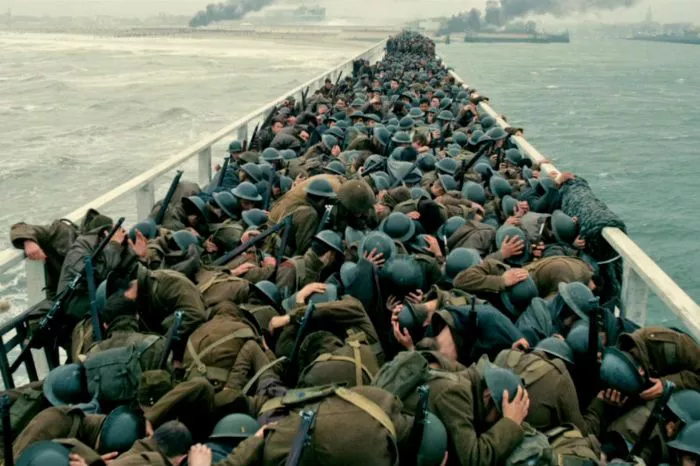“Dunkirk,” directed by Christopher Nolan, is lauded for its immersive portrayal of the Dunkirk evacuation during World War II. While the film captures the spirit and intensity of the event, it’s essential to examine its historical accuracy and any deviations from the actual events of May 1940. In this analysis, we’ll explore the degree of historical accuracy in “Dunkirk,” highlighting any discrepancies between the film and the historical record.
Timeline and Events:
“Dunkirk” depicts the Dunkirk evacuation, also known as Operation Dynamo, which took place from May 26 to June 4, 1940. The film accurately portrays the chaos and urgency of the situation as Allied troops found themselves surrounded by German forces on the beaches of Dunkirk. The timeline of events, including the desperate efforts to evacuate hundreds of thousands of soldiers by sea, air, and land, aligns with historical accounts of the evacuation.
Characters and Perspectives:
While “Dunkirk” is a work of fiction, it incorporates elements of real-life events and characters. The film follows multiple characters, including British soldiers stranded on the beaches, civilian boat owners participating in the rescue effort, and RAF pilots engaged in aerial combat with German aircraft. While these characters are fictionalized composite figures, they represent the diverse range of experiences and perspectives of those involved in the evacuation.
Portrayal of the Evacuation:
The film’s depiction of the evacuation itself is largely faithful to historical accounts. It captures the scale and intensity of the operation, with civilian vessels joining naval ships in ferrying troops from the beaches to larger ships waiting offshore. The scenes of chaos and desperation as soldiers await rescue amidst enemy fire accurately convey the harrowing nature of the evacuation.
Visual and Technical Accuracy:
“Dunkirk” is renowned for its attention to detail and visual authenticity. Director Christopher Nolan and his team went to great lengths to recreate the look and feel of the Dunkirk evacuation, using practical effects and minimal CGI to achieve a sense of realism. The film’s cinematography, sound design, and production design contribute to its immersive portrayal of the wartime setting.
Historical Context and Accuracy:
While “Dunkirk” focuses primarily on the events of the evacuation, it also provides some historical context for the broader conflict. The film references the German advance through France, the strategic importance of Dunkirk, and the broader implications of the evacuation for the Allied war effort. While these elements are portrayed accurately, some historical nuances and complexities may be glossed over for the sake of narrative clarity and pacing.
Departures from History:
Despite its overall commitment to historical accuracy, “Dunkirk” takes some liberties with certain aspects of the story for dramatic effect. For example, the film condenses the timeline of events and simplifies the chain of command, focusing more on the experiences of individual characters than on broader strategic considerations. Additionally, some specific incidents depicted in the film, such as the sinking of a civilian boat by a U-boat, are fictionalized for dramatic purposes.
Conclusion
In conclusion, “Dunkirk” is a visually stunning and emotionally powerful depiction of the Dunkirk evacuation during World War II. While the film strives for historical accuracy in its portrayal of the events and experiences of those involved, it also takes some creative liberties for dramatic effect. Overall, “Dunkirk” succeeds in capturing the spirit and intensity of the evacuation, offering a compelling cinematic interpretation of this pivotal moment in history. While it may not adhere strictly to the historical record in every detail, its immersive portrayal and emotional resonance make it a standout achievement in the war film genre.
https://www.rnada.com/archives/12697

